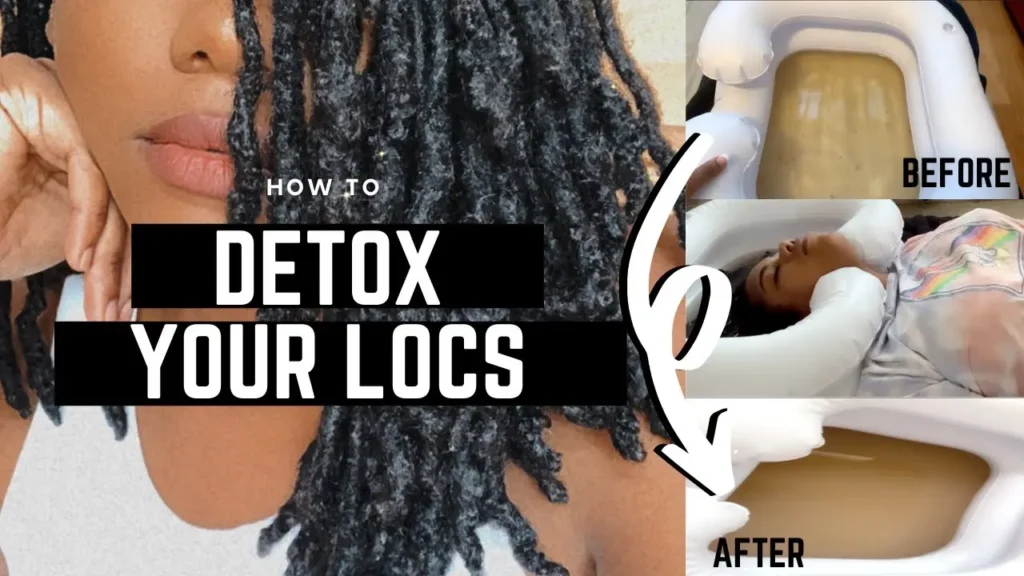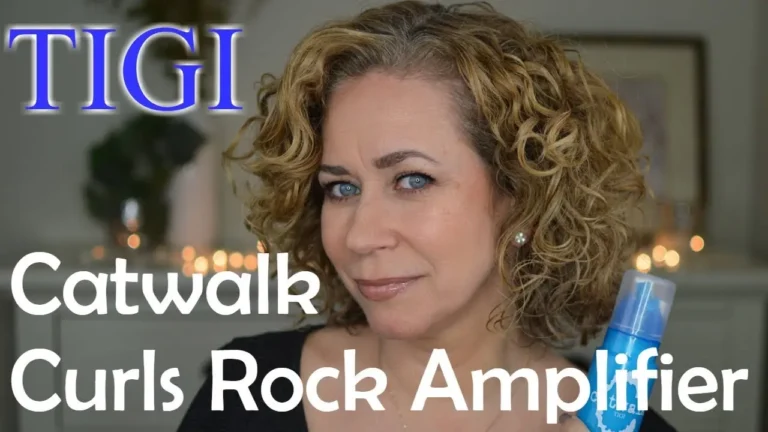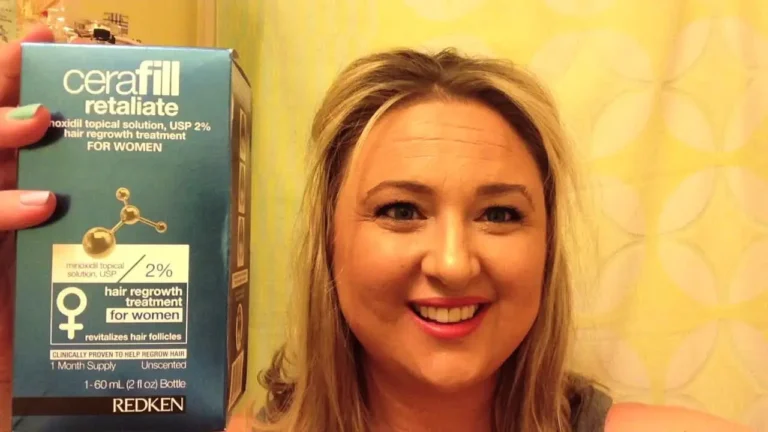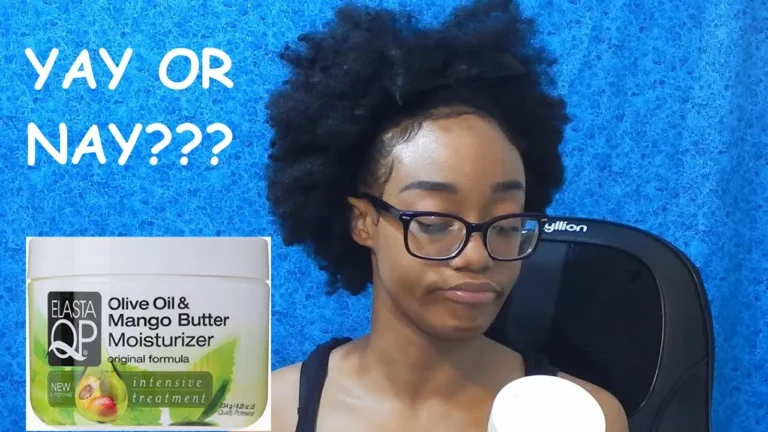
How to Detox Dreadlocks With ACV Rinse at Home
Today, I will be teaching you how to detox your dreadlocks at home with an acv rinse. If you’re looking to detox your dreadlocks without going to the salon, try this acv rinse, which is easy enough for anyone to do.
Acv rinse is a natural remedy for dreadlocks. Some people use it to detox their hair and wash away the residues of their dreadlocks.
You will need:
Dread detox cleans away the accumulated dirt and residue in between your dreads, making them look clean & new again.
There is a lot of conflicting information on how to deep clean dreadlocks. In this article i will tell you all you need to know about dread detox. It will explain why it’s important, what the process should be, and how long it should take.
What Does It Mean to Detox Your Dreads?
Before we get into the actual detox process, let’s talk about what “detox” is. It means getting rid of harmful things in a natural way – it’s essential for our hair to be free from dirt and build-up.
Your hair is a source of pride. A dread detox is a process in which you are consistently getting rid of build-up from products, sebum, etc. improves the overall health of your dreads and removes any odor that may be present.
Do You Need to Detox Dreadlocks?
residue will accumulate if you don’t wash your hair regularly. As your dreads become “coated” and slippery, a clarifying shampoo can help remove that build-up but it is not always effective to remove it entirely.
You may experience problems with build-up if you leave your dreads uncovered or if the amount of product you use is too much.
Another surprising fact is sebum, a naturally occurring substance found on your scalp. Sebum is made of the same oils that give hair its texture and smell, so it’s part of what causes build-up problems.
There are many benefits of having sebum on your scalp, according to a study. It produces a natural oil for hair and scalp that makes it smooth and shiny.
While clarifying shampoos can prevent future build-up, they can’t often do much about the product that’s already been accumulated. A dread detox is another option for when your head feels like it just won’t come clean.
How to Deep Clean Dreads With an ACV Rinse at Home: Step-by-Step
If you have decided that you need to do a dread detox, this section will provide you with tips on some of the most popular methods.
The most popular method is a detox rinse, which has the ingredients of baking soda and apple cider vinegar.
It may seem difficult, but with a little effort, you can do a dread detox at home with the following steps. Here’s how to get started:
What’s in a Dreadlock Rinse (i.e., Apple Cider Vinegar Rinse)?
Baking soda is a household essential that can easily be found in most households. What people don’t know about baking soda is that it can be used to remove residue from dreadlocks to make them easier to wash or rinse.
It is important to not just rinse your hair regularly, but also condition it with an oil and water mixture so that you don’t strip natural oils from your scalp. This can throw your scalp pH level off balance, leading to more damage in the long run.
That’s because baking soda has a pH of 9, meaning it produces a lot of hydrogen ions, which are considered acidic on the pH scale.
Yet human hair has a pH range from 4-5. Sebum levels in human scalp vary too, but they’re not nearly as noticeable as with baking soda.
Apple cider vinegar has many benefits for the health of your hair. It can prevent hair breakage, tangles, and split ends.
It’s rich in vitamin B and C, inhibits the growth of fungi and bacteria, may even help with dandruff, has no side effects, and is rather cheap.
When baking soda and apple cider vinegar are mixed, it forms salt, water, and carbon dioxide. This can re-balance your ph levels.
Apple cider vinegar reduces the alkalinity of your hair’s natural pH balance, making it less likely to cause breakage.
Ingredients You Need for the ACV Rinse with Baking Soda
Below are the steps for how to make your own dread rinse:
- The sink/basin should be half-filled with safe levels of hot or warm water
- ¼ cup of baking soda – Arm and Hammer Pure Baking Soda
- ¾ cup of apple cider vinegar – Preferably Braggs Organic Apple Cider Vinegar
- A tablespoon of lemon juice – ReaLemon %100 Lemon Juice
- About 5-7 drops of lavender oil (optional) – Gya Labs Lavender Essential Oil
Note: There are instances where people might substitute lavender oil with rosemary essential oil or an essential oil blend (e.g., tea tree oil, coconut oil, jojoba oil, etc.)
Note: There are instances where people might substitute lavender oil with rosemary essential oil or an essential oil blend (e.g., tea tree oil, coconut oil, jojoba oil, etc.).
Make the Mixture
- “Fill a basin or sink with warm to hot water.”
- You can add apple cider vinegar to water for a third of a cup.
- Pour in ¼ cup of baking soda. The mixture may start bubbling so you should go slow while stirring or it might spew out of the measuring cup – which would be a shame.
- You can now add a teaspoon of lemon juice.
- Lavender essential oil is a must-have item in your home because it has a great scent. It only takes 5-7 drops of lavender oil to make all the difference.
- Start mixing the ingredients together with your fingers or a large spoon.
Soak Your Dreadlocks
Following this process of instructions will leave you with a “dread detox” hair-washing solution. Now it’s time to get started on the final step, which is cleaning your locks.
- Make sure you position yourself comfortably during your soak. The soak can last anywhere from 20-30 minutes.
- This can be done with a basin on the floor, and you can stay in a lying position. This is not recommended for anyone with an injury to their back or neck, as it may cause muscular strain.
- Place your head in the sink or bathtub. Remember to ensure that all of your dreads are completely soaked in the acv mixture.
- The next step is to use a bowl, scoop up some of the apple cider vinegar rinse mixture and pour it on your scalp massaging it gently as you go. This should help make your hair feel clean without you needing to do a full shower.
- Try to keep yourself into a comfortable position and let your dreadlocks process for 20-30 minutes. This might help relax your scalp. Use a timer to track the time it takes to dry naturally.
- When it’s time to rinse out your hair, put your hand in and use your fingers to scoop a clump of hair at a time.
- You’ll need to squeeze out all of the mixture from roots to tip. So, make sure none of it is left in your hair.
- Depending on the amount of product build-up you had in your dreads, the color of your mixture may start off clear and pure but change over time to a muddy color. It can start from light brown to deep brown.
- If the color of the water is dark brown, there may be more product buildup in your dreads that can’t be removed with a single treatment. You may want to consider repeating the process to remove all traces of residue and dirt particles.
- Rinse and repeat until you feel that the majority of the buildup is removed and your dreads is no longer too greasy or too stiff.
Clarify and Deep Condition
After the final stages of the detoxing process, you should thoroughly cleanse your hair. It is important to use a clarifying shampoo after your acv mixture because all the build up from the mixture can cause dryness and scratchiness in your hair.
Next up, restoring some of the oils, moisture, and protein that were stripped from your hair during a detox. Some also use deep conditioners.
Dos and Don’ts of Dreadlock Detoxing
Some people may experience some problems when starting a dreadlocks detox, like dry hair and an irritated scalp.
Make sure to read and follow the below dos & don’ts of dreadlock detoxing. If you have a hair disaster, they may be the key to avoid future disaster.
Dos
- Regular and thorough deep conditioning is essential after a dreadlocks detox.
- Please read over the recipe for the dread rinse carefully and follow it to the letter.
- Have a good hair care routine that includes regular hair treatments. Ideally, you should follow a schedule and make sure to detox your hair 2-4 times a year, wash them at least twice a month, and meticulously.
Don’ts
- Your dreads cannot sit in the rinse for too long if you want to maintain your gorgeous locks. Going against the recommendations of your hair stylist can negatively affect performances.
- It’s best to avoid over-exposure of your hair to baking soda in order to prevent damage. Repeatedly exposing it will lead to breakage and other types of hair problems that are not healthy for your dreadlocks. Do not detox more than four times a year.
Pros and Cons of Dreadlock Detoxing
If you’re not sure whether you want to detox your dreads, this list of pros and cons will help.
Pros
- Washing your dreads with a detox to remove product residue can be good for making them shiny and keep your dreads smelling refresh.
- It helps prevent mold and mildew growth in your dreads (e.g., dread rot).
- Apple cider vinegar can be an effective solution for fixing split ends, and it can also tame frizzy hair.
- A dread detox is helpful for maintaining the health of your hair. The appearance you get after the detox will depend on how often you wash your hair and adjust other factors like diet & lifestyle.
Cons
- Since the mixture has a harsh formula, it tends to strip hair, leaving it dry and brittle.
Conclusion
dreadlocks are a natural way to let your hair flow freely. Utilizing a detox for your dreads is important in order to maintain optimal health.
It is not just a cosmetic thing because your scalp and hairs are breathing are biologically active, which can have both short-term and long-term effects on hair follicles.
With all the information in this article, you’ll have everything you need to take care of your dreadlocks at home.
Thank you for coming to us and reading our article with your concerns and we wish you the best as you care for your dreadlocks.








Comments are closed.